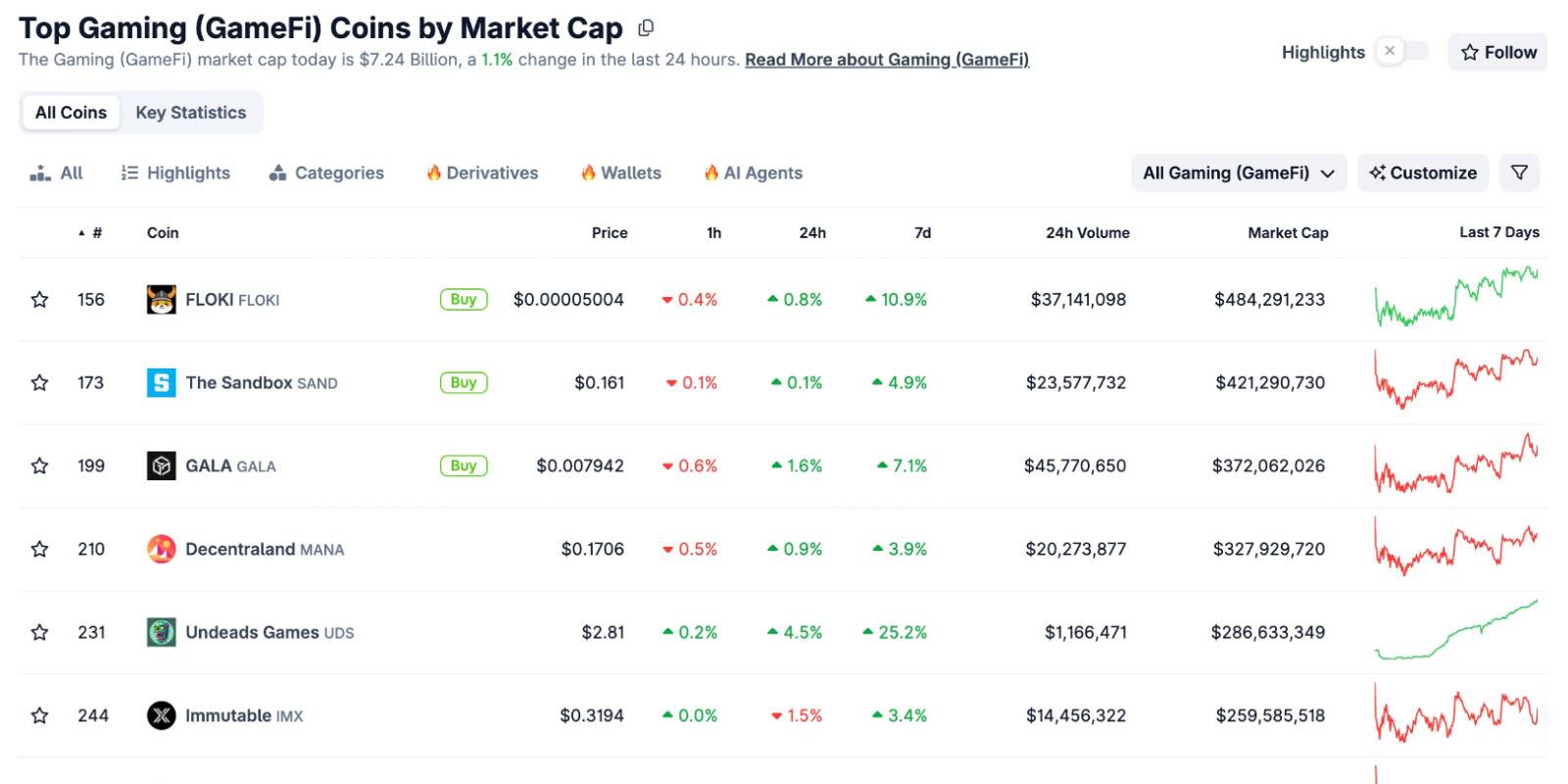The European Central Bank (ECB) approved a two-track plan to integrate digital asset settlements via distributed ledger technology (DLT), aimed at ensuring secure and efficient settlements using central bank money.

The ECB’s Governing Council endorsed a strategy for processing DLT transactions with central bank money (CeBM), implemented in two tracks:
- Pontes (short-term) involves piloting the connection of DLT platforms to the TARGET Services payment system.
- Appia (long-term) aims to build an innovative and integrated next-generation financial infrastructure.
The ECB plans to launch the Pontes pilot phase by the end of Q3 2026. It’ll be based on three solutions tested in 2024:
- Trigger Solution by Deutsche Bundesbank;
- Full DLT Interoperability by Banque de France;
- TIPS Hash-Link by Banca d’Italia.
The long-term Appia project is focused on developing a technology-neutral, scalable, and competitive infrastructure that provides secure and efficient CeBM settlements in a DLT environment, including international operations such as foreign exchange settlements. Appia will be developed in cooperation with central banks, public, and private entities, with an emphasis on international interoperability and standardization.
The ECB initiative builds on the results of a large-scale research project conducted in 2024 involving 64 organizations from nine jurisdictions. The study covered 58 different settlement scenarios, including real issuances of digital bonds, such as a €300 million securities issuance by Siemens AG and a €30 million sovereign digital bond issuance by Slovenia. The total volume of CeBM settlements reached €1.6 billion.
The research showed that DLT solutions offer broad opportunities for automation, reducing operational risks, and combining trading, settlement, and asset custody functions on a single platform. Moreover, market participants expressed strong interest in DLT and a preference for CeBM settlements as an alternative to stablecoins, which carry higher risks.
The study participants also identified critical requirements for future solutions, including ensuring atomicity of settlements, minimizing liquidity costs, flexible transaction timeouts, and full process automation. Limitations of the current architecture were also noted, especially concerning cross-platform interaction and legal fragmentation within the EU.
To maintain ongoing engagement with market participants, the ECB will establish working groups for the Pontes and Appia projects. A call for applications to join the Pontes working group will be published soon. The Eurosystem will continue to act as a catalyst for standardization by removing technological and regulatory barriers to DLT infrastructures, including through cooperation with international organizations as part of the G20 initiatives on cross-border payments.
The first phase of testing DLT capabilities for tokenized assets and the digital euro started in April 2024. The current two-stage program to expand central bank money settlements based on distributed ledger technology was announced by the ECB in February 2025.




